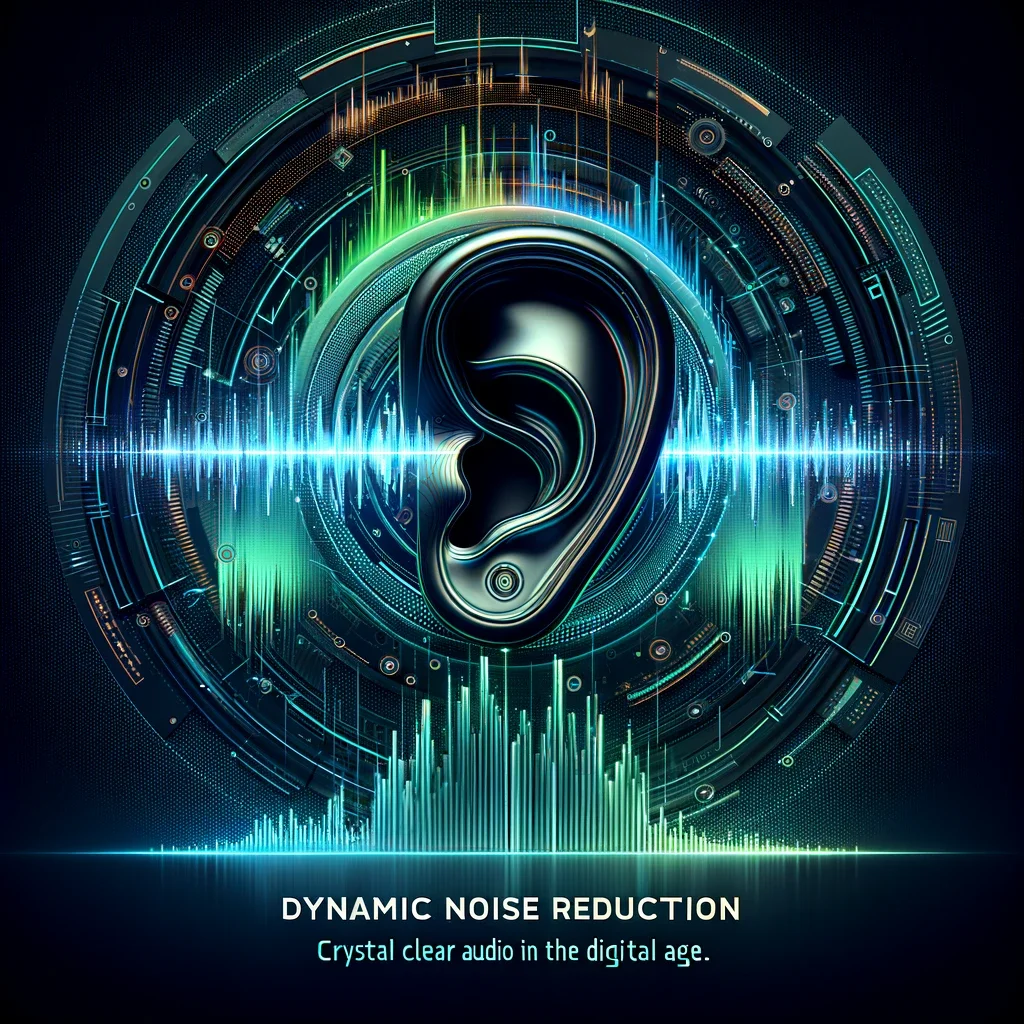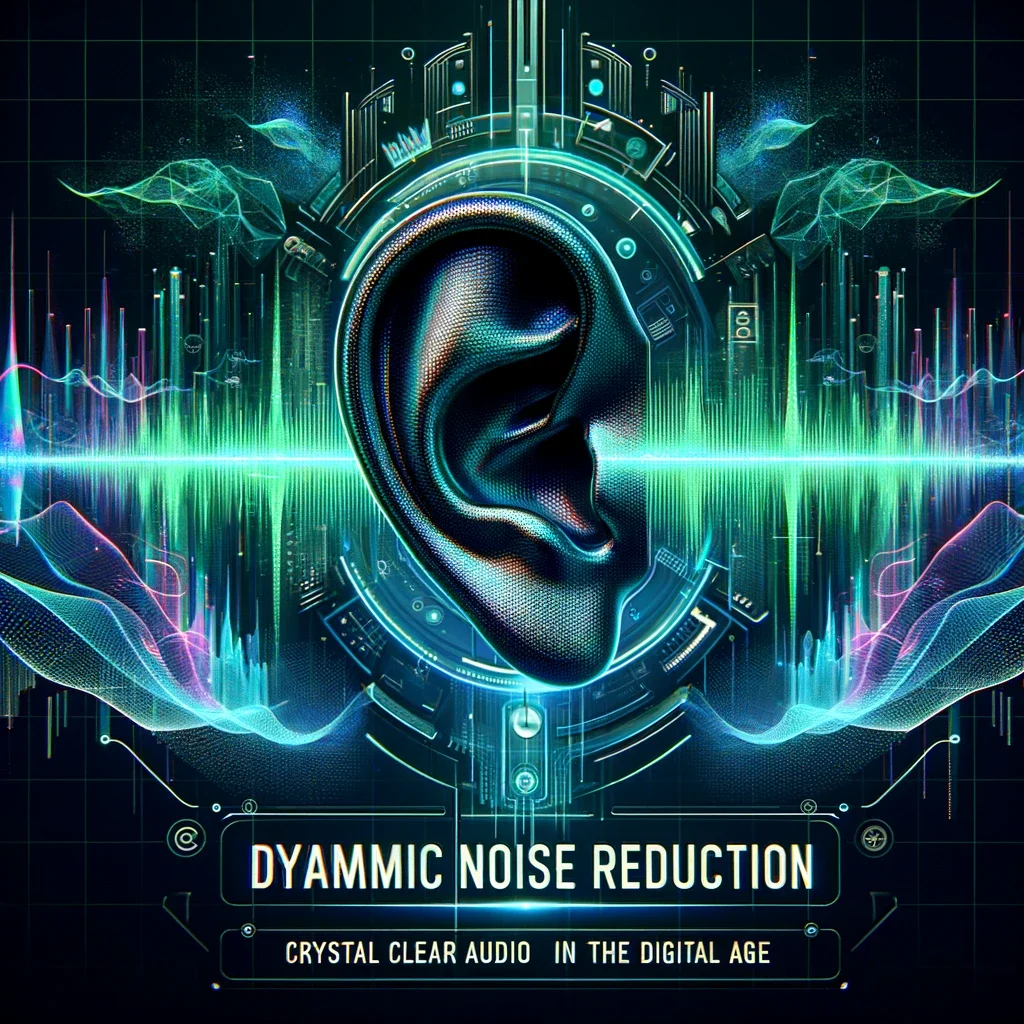Introduction
Dynamic Noise Reduction In our increasingly digital world, the clarity of audio has become paramount. Whether it’s for professional audio production, personal entertainment, or enhancing communication in noisy environments, the need for effective noise reduction techniques is undeniable. Among these techniques, Dynamic Noise Reduction (DNR) stands out as a sophisticated method designed to improve sound quality by reducing unwanted noise without significantly affecting the original signal.
Dynamic noise reduction in Digital Age

- Understanding Noise in Audio Signals
- Definition of Noise
- Types of Noise in Audio
- Impact of Noise on Audio Quality
- Basics of Dynamic Noise Reduction
- What is Dynamic Noise Reduction?
- Historical Development of DNR
- Basic Principles of DNR
- How Dynamic Noise Reduction Works
- Technical Explanation of the Process
- Analog vs. Digital DNR
- Real-time Processing in DNR
- Applications of Dynamic Noise Reduction
- In Music Production
- In Film and Video Production
- In Consumer Electronics
- In Communication Systems
- Comparing DNR with Other Noise Reduction Techniques
- DNR vs. Static Noise Reduction
- DNR vs. Active Noise Cancellation
- Advantages and Limitations of DNR
- The Future of Dynamic Noise Reduction
- Emerging Trends in DNR Technology
- Integration with AI and Machine Learning
- Future Applications and Developments
- Challenges and Considerations in Implementing DNR
- Balancing Noise Reduction and Audio Quality
- Hardware and Software Requirements
- User Accessibility and Interface Design
- Case Studies and Real-World Examples
- Success Stories in Professional Audio
- Consumer Electronics Featuring DNR
- Impact on Communication Technologies
- Conclusion
- Summary of Key Points
- The Importance of DNR in Modern Audio Technology
- Final Thoughts on the Evolution of DNR
The concept of noise in audio refers to any unwanted sound that interferes with the clarity of the intended audio signal. Noise can originate from various sources, such as environmental sounds, electronic interference, or inherent flaws in recording and transmission systems. In the context of audio processing, reducing this noise while preserving the integrity of the original signal is a significant challenge.
Dynamic Noise Reduction, a term that emerged in the late 20th century, refers to a set of algorithms and techniques designed to minimize unwanted noise dynamically. Unlike static noise reduction methods that apply a constant level of noise reduction, DNR adjusts its parameters in real-time based on the characteristics of the audio signal. This adaptability allows DNR to effectively reduce noise without overly dampening the desired sound, thus maintaining a more natural and clear audio experience.
The development of DNR technology has been closely tied to advancements in digital signal processing. Early noise reduction systems were primarily analog and had limitations in terms of flexibility and effectiveness. With the advent of digital audio technology, DNR systems have become more sophisticated, offering higher precision and better integration with various audio processing workflows.


